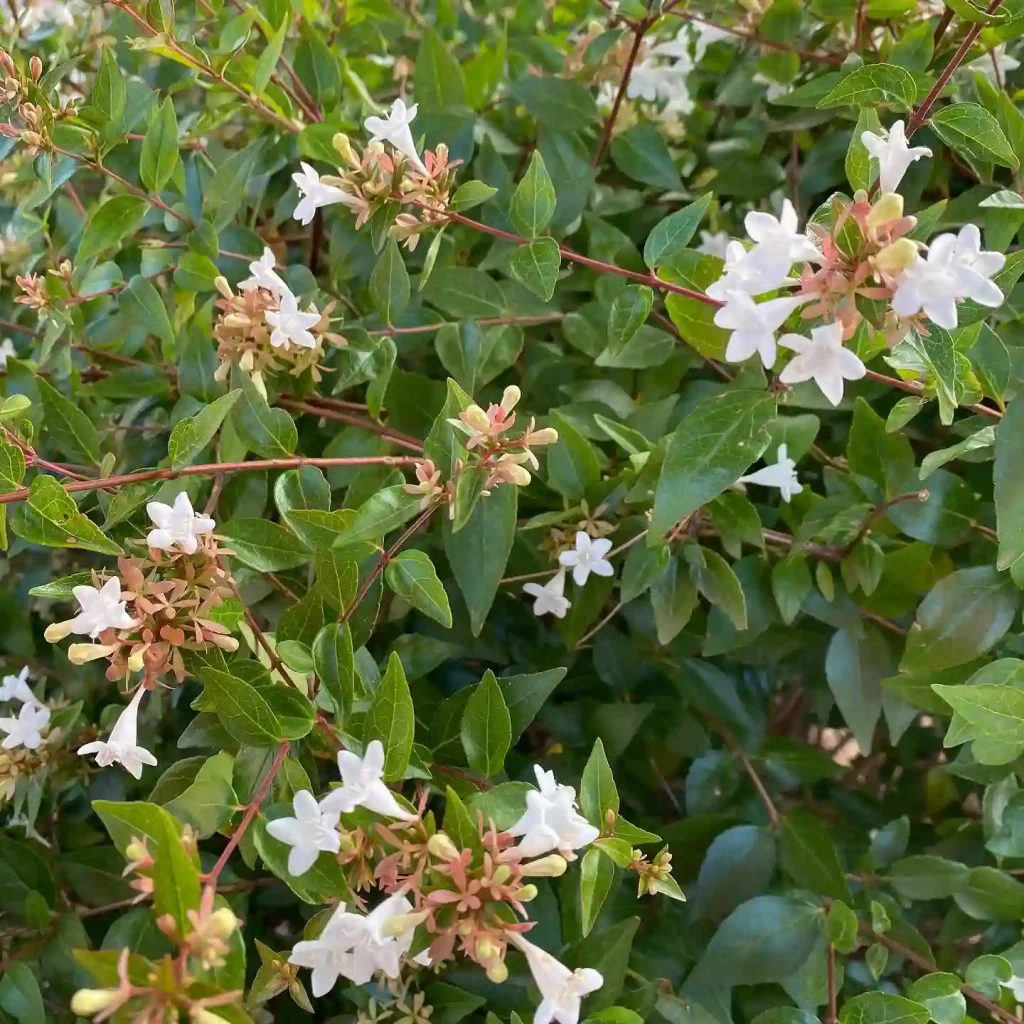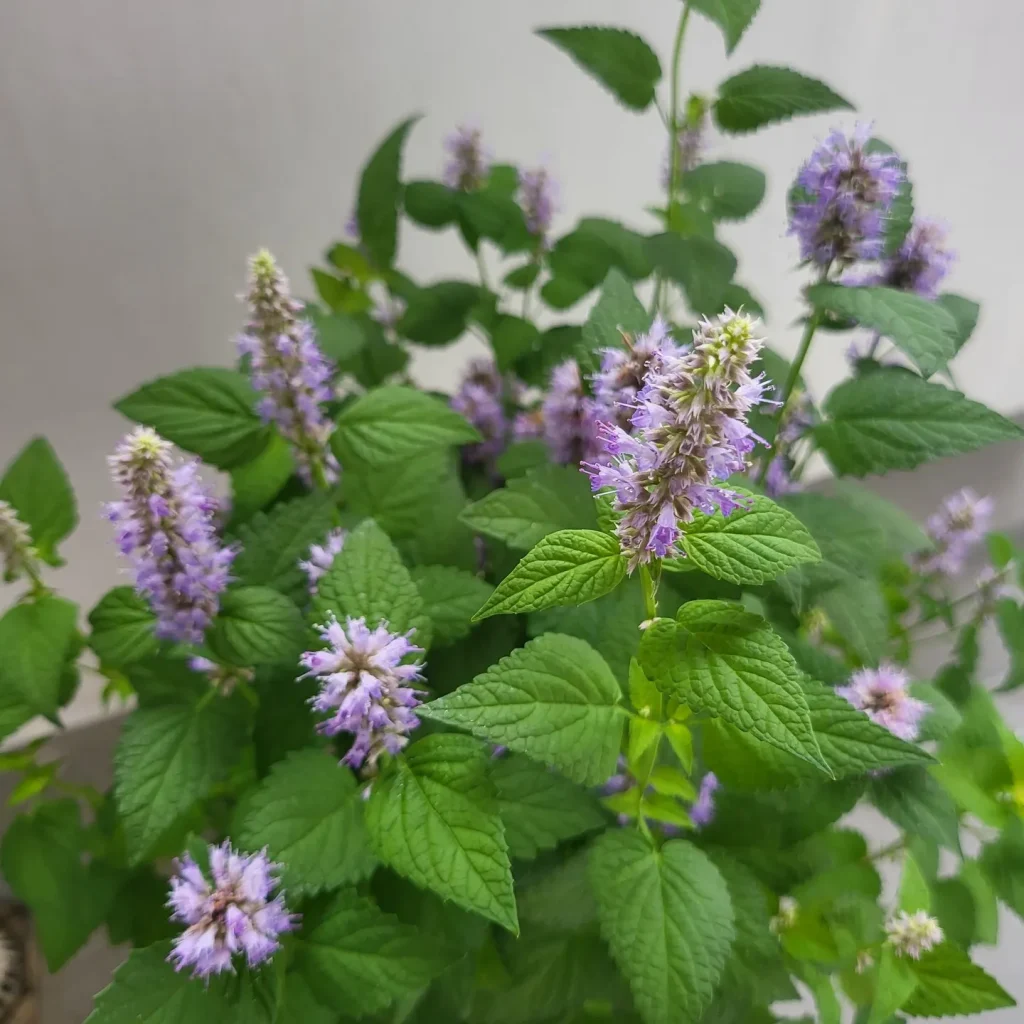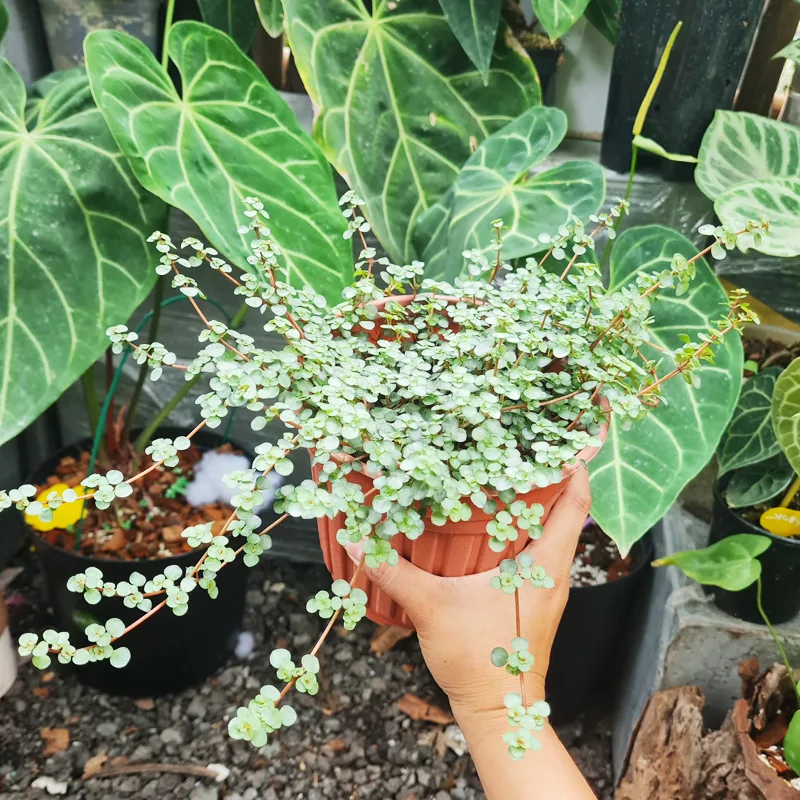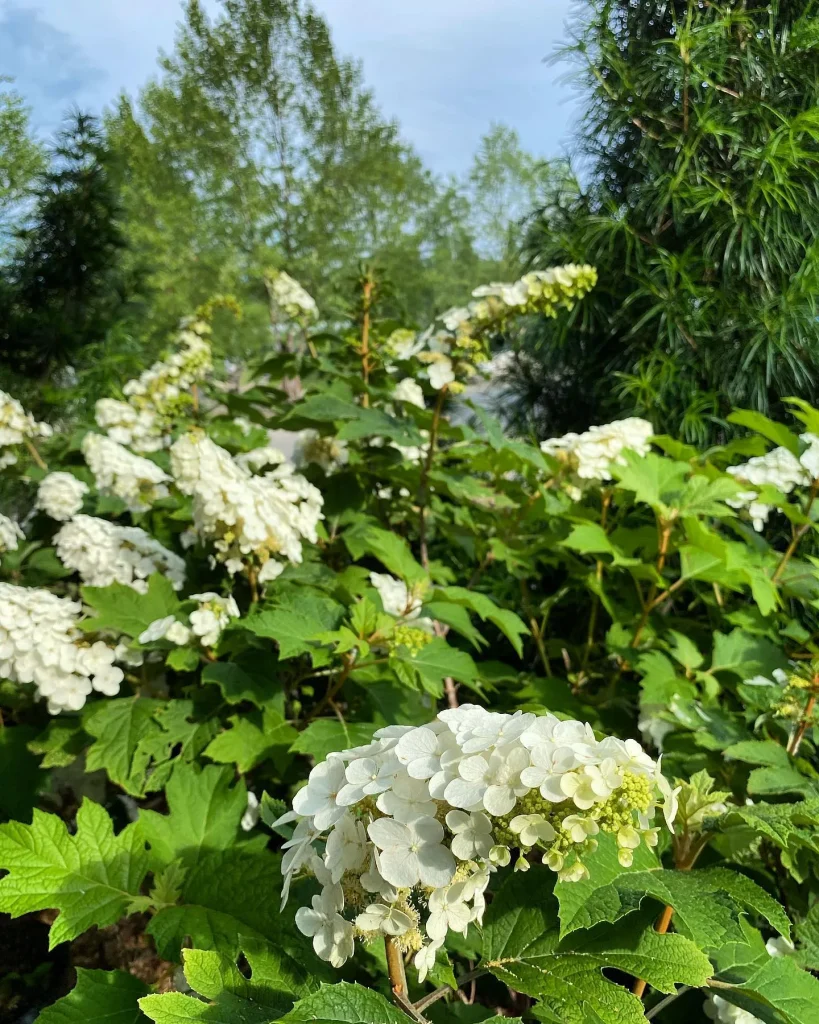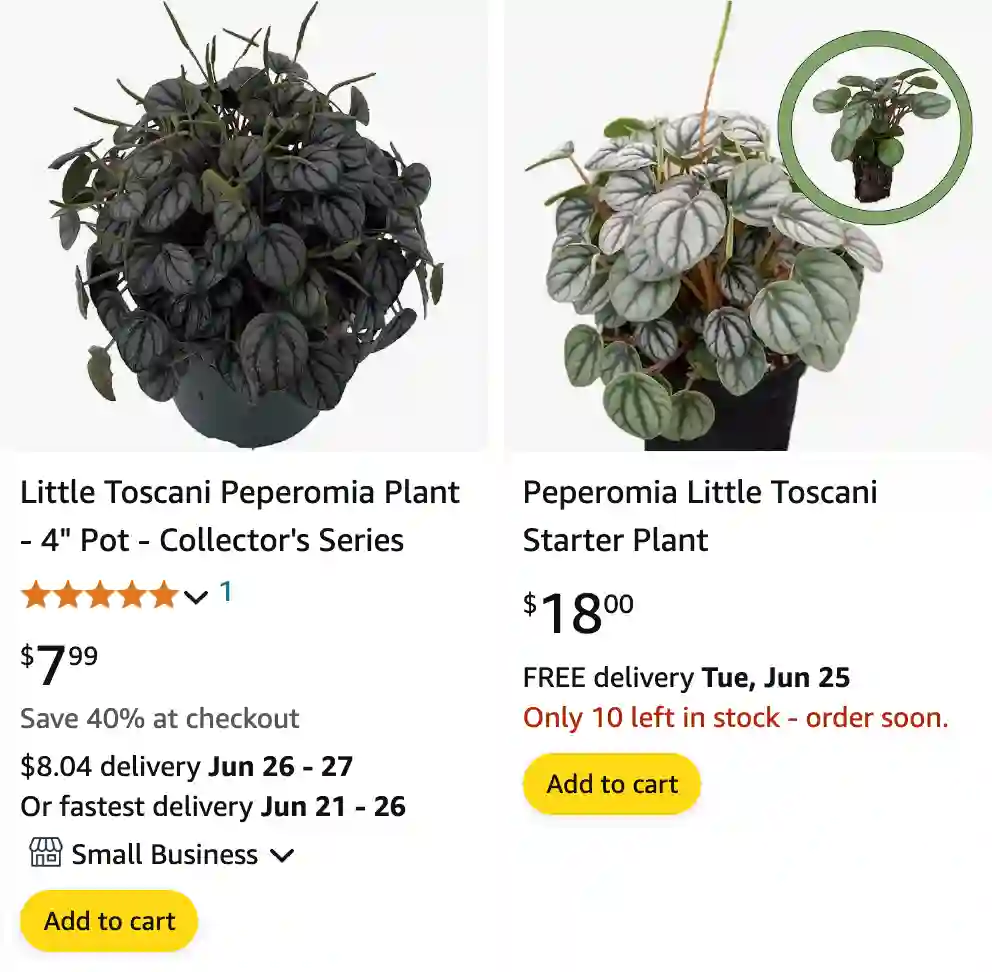
Peperomia Little Toscani: A Guide to the Tiny Watermelon Peperomia
Hi, Ferb Vu here! Today, we’re diving into the adorable world of the Peperomia Little Toscani. This petite plant is a superstar in the houseplant world, known for its charming, watermelon-striped leaves. But beyond its good looks, the Little Toscani is also prized for its easygoing nature.
Whether you’re a seasoned plant parent or a complete newbie, this guide will equip you with everything you need to know to keep your Peperomia Little Toscani thriving.
1424 Species in Genus Peperomia
Light: Bright and Indirect, Please!
Imagine the Peperomia Little Toscani basking under the dappled light of a rainforest canopy. That’s the kind of light it craves in your home. Bright, indirect light is ideal. Avoid harsh, direct sun, which can scorch the delicate leaves. Conversely, too little light will make the plant leggy and sad.
Here are some tips for finding the perfect light spot:
- East-facing windows: These provide gentle morning sun, perfect for your Peperomia.
- North-facing windows: If you only have north-facing windows, consider supplementing with grow lights.
- A few feet back from south or west-facing windows: This gives the plant some filtered light without the scorching midday sun.
Watering: The Tightrope Walk
Overwatering is the arch-nemesis of the Peperomia Little Toscani. Its fleshy leaves store water, and soggy soil leads to root rot. Here’s the key: water deeply when the top inch of soil feels dry to the touch. Then, let the soil dry out completely before watering again.
Here are some additional watering pointers:
- Observe the leaves: Drooping leaves can indicate thirst, but be careful not to overreact. Feel the soil first.
- Watering frequency: How often you water depends on light, temperature, and pot size. In bright light and warm temperatures, you might water twice a week. In cooler conditions, it might be less frequent.
- Avoid wet leaves: When watering, aim for the soil, not the leaves. Wet leaves can encourage fungal diseases.
Soil: Light and Drainy is the Mantra
Think airy and well-draining when it comes to soil for your Peperomia Little Toscani. A standard cactus or succulent mix will work well. You can also create your own by mixing equal parts potting mix, perlite, and orchid bark.
Here’s why good drainage is crucial:
- Shallow root system: The Peperomia Little Toscani has a shallow root system that can’t tolerate sitting in water.
- Drainage holes are essential: Ensure your pot has drainage holes to allow excess water to escape.
Temperature and Humidity: No Fuss, No Drama
The Peperomia Little Toscani is a trooper when it comes to temperature and humidity. Average room temperatures (between 65-75°F) are perfect. While it appreciates a bit of humidity, it doesn’t require a humidifier. Grouping it with other plants can help create a slightly more humid microclimate.
Feeding: A Light Snack Every Now and Then
The Peperomia Little Toscani isn’t a heavy feeder. A balanced liquid fertilizer diluted to half strength during the growing season (spring and summer) is sufficient. Once every 4-6 weeks is plenty. Avoid fertilizing during winter when the plant is dormant.
Common Peperomia Little Toscani Problems
Droopy leaves: This can be caused by underwatering or overwatering. Check the soil moisture and adjust your watering habits accordingly.
Brown leaves: Excessive sun exposure, underwatering, or old age can cause brown leaves. Remove the affected leaves and adjust your care routine as needed.
Leggy growth: This is a sign of insufficient light. Move your plant to a brighter location.
Peperomia Little Toscani vs Frost
Peperomia Little Toscani and Peperomia Frost have been a delight to grow in my indoor garden. Little Toscani, with its rich, dark green leaves that have a slight ripple, feels like a touch of classic elegance. In contrast, Frost’s silvery, frosted leaves catch the light in a mesmerizing way that brightens up any corner. While Little Toscani has a more compact, almost sculptural look, Frost spreads out a bit more, creating a fuller, more lush appearance. Watering them both has been a breeze, though I’ve noticed Little Toscani seems a bit more forgiving if I occasionally miss a watering. Both have been hardy, but Frost’s unique coloring makes it a standout favorite for my collection.
Peperomia Little Toscani vs. Other Peperomia Varieties
There are over 1,000 Peperomia varieties, each with unique characteristics. Here’s a quick comparison of the Little Toscani to two popular cousins:
| Feature | Peperomia Little Toscani | Peperomia Obtusifolia (Baby Rubber Plant) | Peperomia Watermelon |
|---|---|---|---|
| Leaf shape | Round, watermelon-striped | Oval, glossy green | Heart-shaped, watermelon-striped |
| Size | Compact (grows up to 8 inches tall) | Larger (can reach 12 inches or more) | Smaller than Little Toscani (around 6 inches) |
| Light requirements | Bright, indirect light | Tolerates lower light conditions | Bright, indirect light |
| Growth rate | Slow | Moderate | Slow |
Conclusion: The Peperomia Little Toscani – A Tiny Delight
The Peperomia Little Toscani is a charming and easy-to-care-for houseplant. With its adorable, watermelon-striped leaves and compact size, it makes a delightful addition to any space. By following the simple tips outlined in this guide, you can ensure your Peperomia Little Toscani thrives for years to come.
If i die, water my plants!
